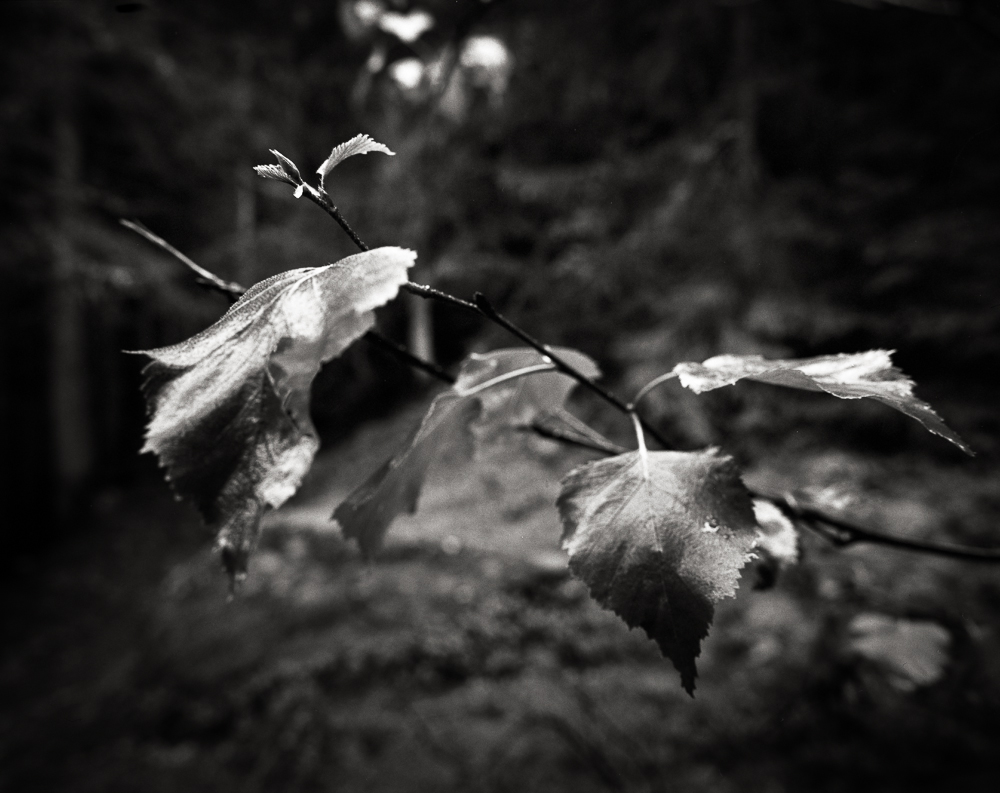I purchased my first large format camera Ebony RSW 45 in 2011, and I have been using it with more or less success for my landscape photography since then. I even traveled with this camera to Iceland, to discover that it is not so difficult to use this cumbersome equipment in rather challenging weather conditions. I regularly take it with me to the mountains and also around the lake here in Geneva. At the end it is not so heavy, so I can carry it everywhere I want. However, to set up camera properly can be sometimes quite challenging. Especially when it is windy or cold, but it is getting easier with practice.
Three years back I got brand new Ebony SW 45 camera as birthday present form my wife and kids. It was such a nice surprise, I still remember the moment when I opened the box. This camera is beautiful piece of art on its own. Ebony wood with titanium parts looks absolutely amazing, and it is hand made in Japan with ultimate precision.
The SW 45 version offers more movements possibilities and therefore more creativity, but I have to say that both cameras are suitable for landscape photography. It is pleasure to work with both of them, as they equally provide the main benefits of large format photography. The size of negative is the first obvious advantage, but I also appreciate the entire workflow, which slows me down and let me to focus on one particular photo at a time. With this camera I am not in rush. I do observe the landscape around me for long time before I take the camera out of my backpack. I look for special objects to place into my photograph, for interesting compositions, and when I am sure that I have all elements aline, I can start to set up the camera.
Title: Winter Flow, Camera: Ebony RSW 45, Lens: Rodenstock Apo-Grandagon 45 mm, Filter: Lee Big Stopper, Film: Kodak T-Max 100, Exposure: 400″ , f 16, Jokulsarlon, Iceland, 2012
From the moment the camera is firmly attached to a tripod, the magic part begins. I am lost in darkness, and totally isolated from all surroundings by dark cloth. The only thing I can see is the small portion of landscape I decided to capture. This isolation together with the fact that what I see on ground glass is upside down and side reverse, makes me to fully focus on what is in front of me. It helps me to eliminate small disruptive elements from the frame. I can pay attention to every little detail. After I am happy with final composition, it comes the technical part of this workflow like: focusing, setting up aperture and shutter, attaching filters and cable release, inserting film holder, closing lens, removing dark slide and finely capture the photo.
Title: Angel, Camera: Ebony RSW 45, Lens: Schneider 90 mm, Filter: Red, Film: Kodak T-Max 100, Exposure: 1/30 , f 16, Col Des Aravis, France, 2016
Overall, if I am fast this whole process takes me at least 5-10 minutes, but in some cases it can take even longer. It is also not unusual that the weather conditions, or light change during the set up time, and I have to wait and wait until the conditions are perfect again. That is why no one wants come with to my trips:)
So I have exposed the negative, did some bracketing, just to be sure and I can go home. Luckily for me the process does not end here. I still have to develop the negatives and take them to darkroom to make the final photographs. (I will write more about these stages in my future posts) Sometimes there are couple of months between these stages, which gives me the joy of rediscovering one particular again and again.
I tis not easy workflow, but definitely very rewarding, and I can recommend it to all photographers. Recently I have also seen couple of new affordable large format cameras to come to market soon, so it can be your chance.














